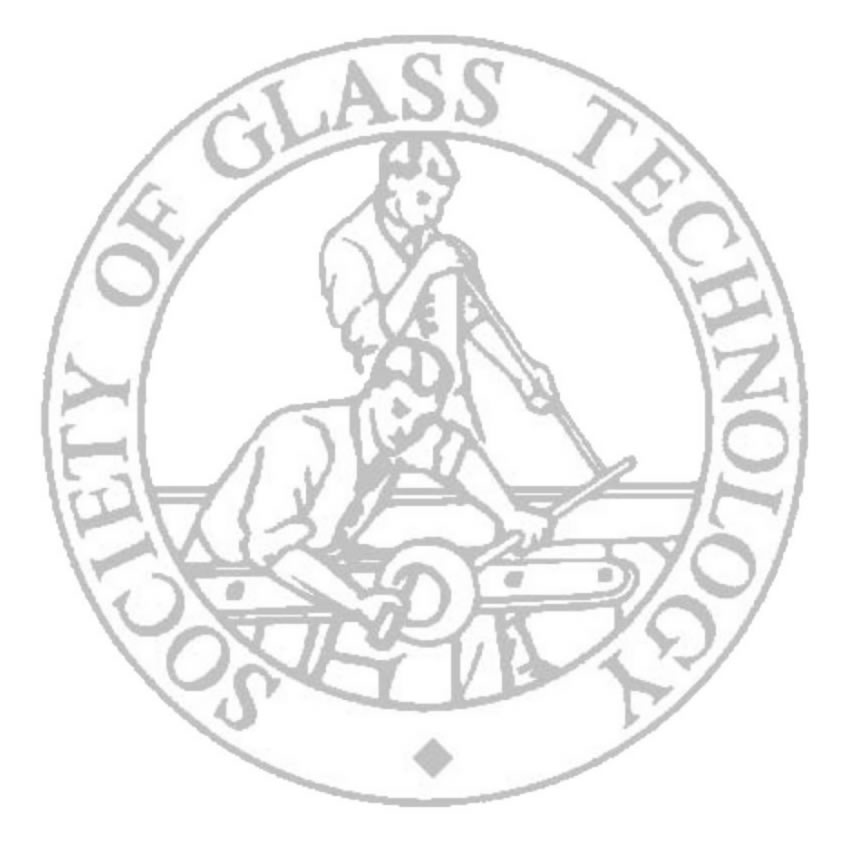
Cambridge 2008
|
Phase, Microstructure and Properties of Reactive Phase Sintered and Controlled Crystallized BaTiO3
Yaseen Iqbal*, Riaz Ullah, Asad Jamal, Muhammad Naeem
Department of Physics, University of Peshawar, Pakistan
Economical methods for fabrication of nano-materials include reactive liquid phase sintering and controlled crystallization of desired phases from relevant glasses. Barium Titanate (BaTiO3) is a common ferroelectric material with a high dielectric constant, widely used in electronic components such as multilayer capacitors, thermistors, piezoelectric transducers and a variety of electro-optic devices. Recent developments, particularly in nanotechnology have opened broader fields of practical applications of nano-materials and hence created new challenges for researchers. Here we describe results regarding the effect of small additions of fluxing agent (Li2O) on the sintering temperature, final grain size and electrical properties of BaTiO3. An addition of 0.3 wt% Li2O reduced the sintering temperature by ~125°C and grain size to ≤μm in comparison to ≥5μm at optimum sintering temperature for BaTiO3 without Li2O. Results regarding the controlled crystallization of BaTiO3 from silicate glass melt will also be presented and compared with the Li2O-added and Li2O-free BaTiO3 electro-ceramics.
*presenting author
Back to Glass Science Programme
| SGT Home page |